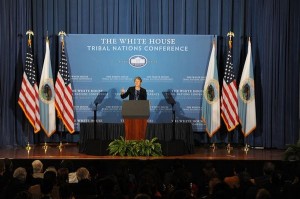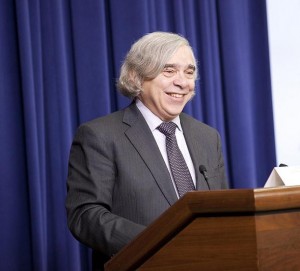The agricultural industry has reaped the rewards of laws requiring ethanol cultivation, but now the environmental ramifications are causing second thoughts.
The impacts of ethanol on the nation’s wetlands and conservation sites are becoming more apparent, as farmers take over once-protected land to cultivate corn for the ever-growing ethanol industry — one initially intended to help the environment.
A report released by the Associated Press paints an entirely different picture.
Ethanol, which is derived from corn, is added in the nation’s gas supply in order to create a blend that offers renewable energy sources and a lighter impact on pollutant emissions. Yet the Associated Press report indicates that the cultivation of farmland needed to meet the nation’s ethanol requirements is contributing more to carbon emissions than previously thought — all the while affecting the environment through the use of fertilizers and wetland destruction.
According to the report, more than 5 million acres of land that had been designated for conservation purposes have been restructured for the production of ethanol. Throughout that process, natural habitats have been destroyed and fertilizers have been released, creating a new environmental issue of its own.
The 2007 Renewable Fuel Standard, signed into law by George W. Bush, required 18.15 billion gallons of ethanol production per year — it also required refineries purchase and blend ethanol into the nation’s gasoline supplies.
While Bush signed the standard into law, the Obama administration carried on with the pledge. Now, the Environmental Protection Agency is calling for a reduction to the standard’s production mandate — down to 13 billion gallons a year.
That’s at least a step in the right direction for those who are concerned about the impact the industry is having on area waterways, wetlands and conservation sites. Iowa, which is a hotbed for the ethanol industry, has seen the adverse effects on water systems, particularly related to nitrate contamination.
Utility Company Des Moines Water Works told the Associated Press that nitrate levels in area rivers have steadily increased, particularly in the Des Moines and Raccoon Rivers, which serve as the source of drinking water for nearly 500,000 Iowans.
“This year, unfortunately the nitrate levels in both rivers were so high that it created an impossibility for us,” General Manager Bill Stowe told the Associated Press.
Yet for the agricultural industry, which has benefitted from the creation of the new business, the EPA guidelines would be bad news. Renewable Fuels Association President Bob Dinneen maintains that the ethanol industry is a boost to both farmers and the environment, claiming that ethanol is still a cleaner source of energy.
In response to the Associated Press story regarding the negative impacts of the industry on Iowa wetlands and conservation sites, Dineen’s organization released a statement, claiming the story was yet another attack on the industry.



















